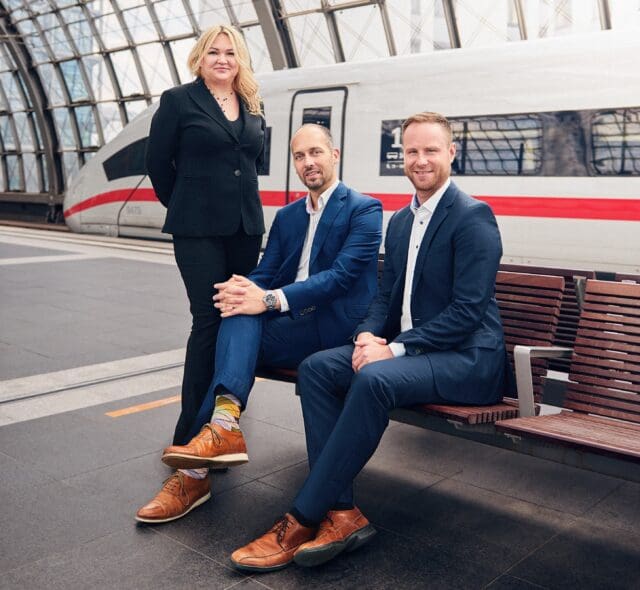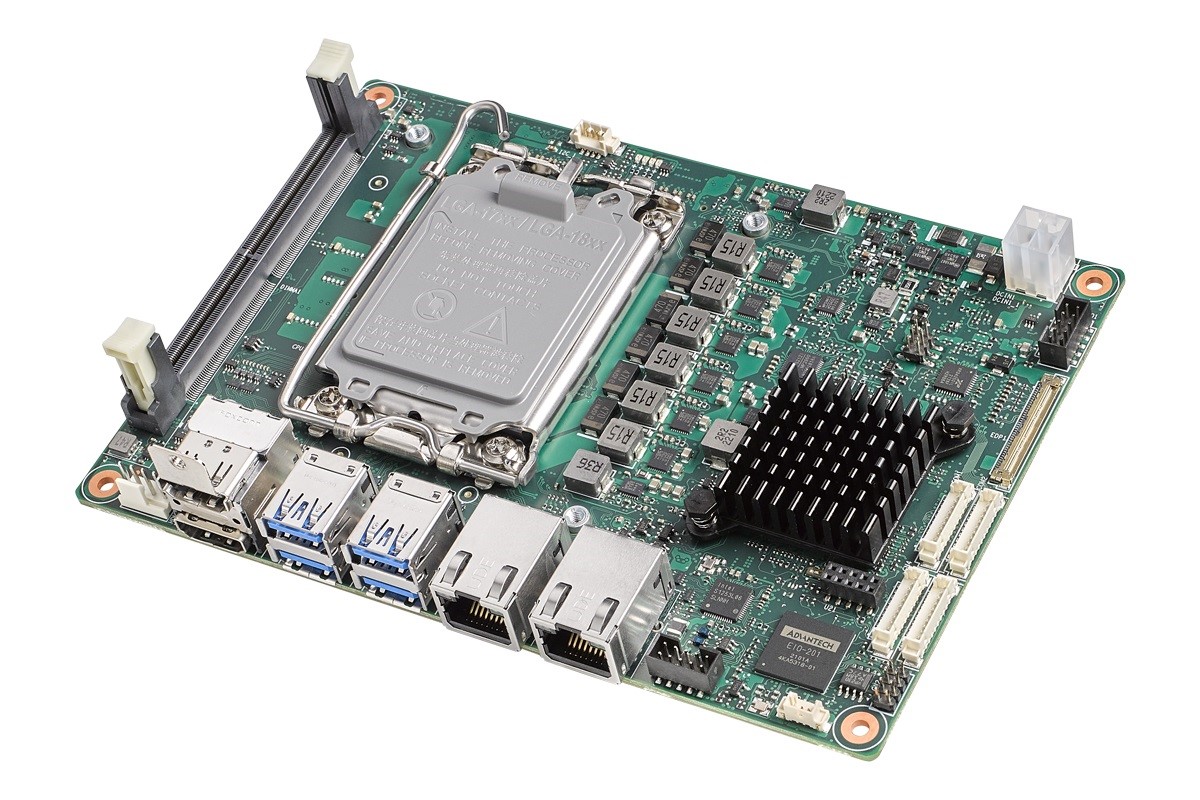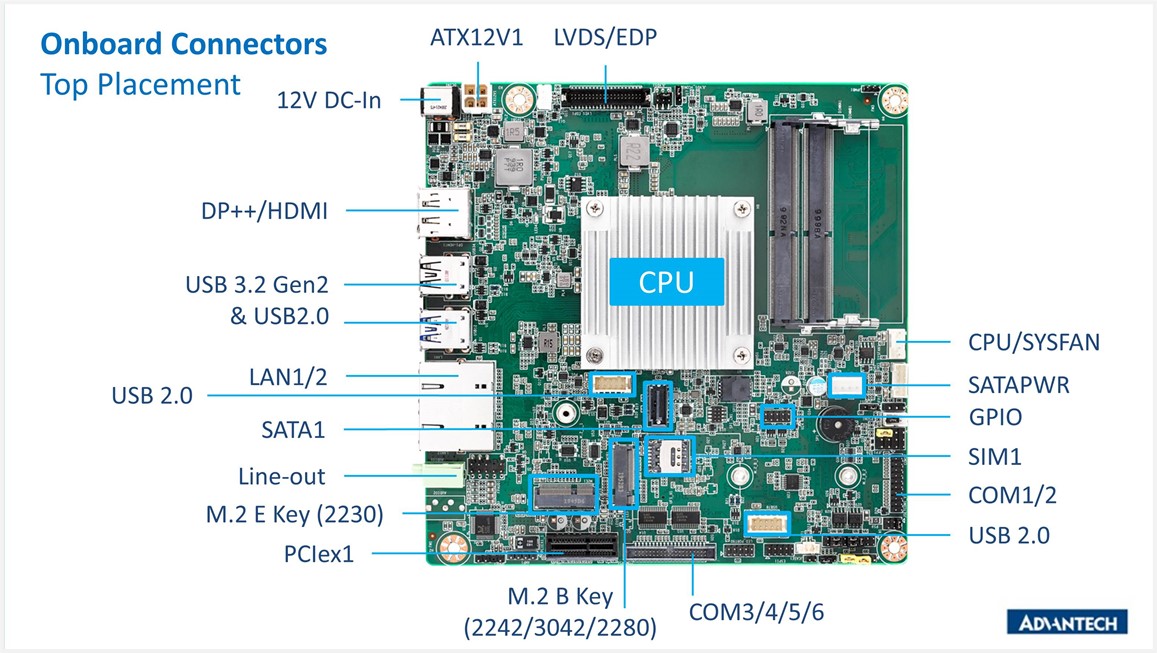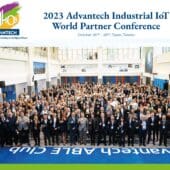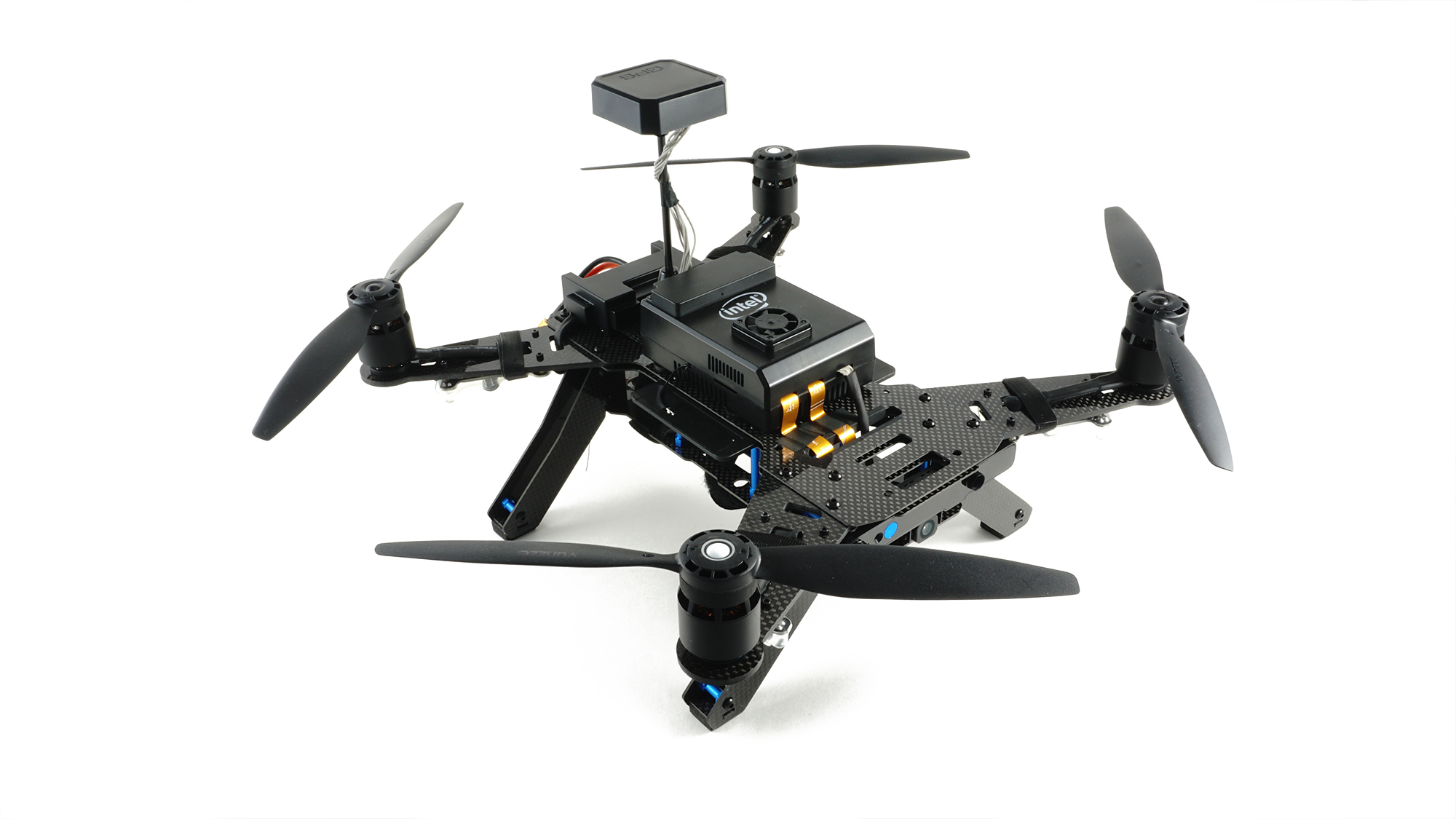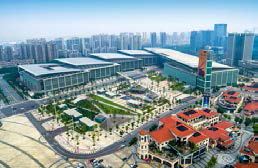Creating a complete ecosystem for connected rolling stock is not easy. However, using an increasingly widespread and proven model known as co-creation, Passengera, Advantech and Intel have developed a fully scalable solution that not only enhances the traveler experience but also provides real monetization opportunities. The Passengera platform, installed on a rail-compliant Advantech server and incorporating Intel's next-generation processor technology, provides digital and connected multimedia solutions to rail networks around the world.
Among its growing number of beneficiaries in Europe is České dráhy, the main railway operator in the Czech Republic. Like many of its peers, České dráhy aims to become a top-tier rail operator in the XNUMXst century and to stay ahead of its competitors. The Czech Republic has a very competitive passenger rail market as many of its lines cross the borders with its neighboring countries.
České dráhy is aware that it has to offer a high-quality experience to attract and retain travelers. For this reason, the company has finally opted for the Passengera solution thanks to its approach based on co-creation.
Improve the traveler experience
Railway companies are trying to increase their business performance by improving the traveler experience through digital technologies. The way to achieve this goal without the cost and resource consumption of new development is to take advantage of co-creation, which allows you to offer ready-to-use solutions that are based on conventional products.
Passengera supplied its first onboard Wi-Fi and infotainment systems for high-speed trains as early as 2012, offering České dráhy travelers digital experiences such as a stable internet connection on its long-distance lines, online food ordering from the seat, customized data packages on international lines and even a centralized monitoring system that integrates the hardware and services of various providers.
Today, Passengera is a complete integrated platform solution and service provider alongside its eco-partners Advantech and Intel. The eco-partner model works because the transition to smart trains requires the use of many different technologies, often too many for a single supplier. Instead, by leveraging the competencies of different but complementary technology providers it provides the foundation for project success according to various parameters such as quality, time to market and cost efficiency.
To succeed in a highly competitive market, Passengera, Advantech and Intel have developed a modular software and hardware platform that offers various digital services to rail operators. This modularity allows the co-creation team to meet changing customer needs with a single platform instead of undertaking individual development for each project. This solution also facilitates a more agile implementation and for operators to improve the experience of their travelers more quickly.
Solution Ready Packages
Suitable for companies at different stages of growth, solution-ready packages encompass a wide variety of modules within a single, centralized system that enables railway companies to take advantage of the latest technological innovations, remain competitive in the market and simplify its administration.
The solution modules can be classified into five groups: connectivity and application hosting; information and interaction; monetization channels; operational and security; and monitoring and management. Each category is made up of different modules that railway operators can choose from. For example, regarding connectivity and application hosting, the modules include Wi-Fi, 5G vehicle-to-ground connectivity, user authentication and authorization, application hosting, and communication infrastructure. The robust hardware platforms easily integrate into existing systems and offer secure hosting of applications on board.
Similarly, information and interaction platforms house various modules, from dynamic next-generation traveler information systems through to turnkey infotainment solutions with movies, news, games, travel guides and e-commerce options configured both for external devices and for use through the screen itself.
The solution's monetization channels aim to help railway companies generate ancillary revenue by integrating modules such as advertising, internet data package offers, affiliate programs, paid content and e-commerce.
Operational and security modules include cybersecurity services, CCTV, security information and automatic passenger counting, which not only help protect the client's infrastructure but also simplify the operation of the necessary services and resources.
All the above categories have to be managed and this is handled by the Monitoring and Management Suite, a centralized platform with role-based access that helps clients to effectively manage and monitor their selected digital services including those of third parties, as well as collect important data for analysis and reporting.
cocreate to accumulate
It is clear that a single provider is capable of supplying many technologies, which is why Passengera, Advantech and Intel choose to co-create projects of this type.
Once the team has contacted the railway operators and knows their critical points, the technologies that need to be implemented become evident. Co-creation partners understand the features required to enhance the traveler experience, providing the environment needed to build IoT applications and launch proof-of-concept products, often within a few weeks, so the rail operator can quickly assess the suitability of the application.
By pre-configuring and bundling hardware, software and content, the customer can run the application very quickly to decide whether to monetize the infrastructure. Advantech calls it a solution-ready package that encompasses computing, software applications, and base functionality for easy configuration. Ultimately it allows these applications to be brought to a global scale at great speed.
Three phases of implementation
Advantech has a long-term co-creation business model for IoT applications that typically consists of three phases: automation and embedded platforms; application and solution package (integrated IoT software and hardware solutions); and integrated cloud application solutions (domain-focused solution integrators).
This strategy is helping to accelerate the digital transformation of the railway sector. A recent Gartner report on market opportunities for Industrial IoT predicts high average year-on-year growth for hardware/software IoT platforms in the coming years, far outpacing that of veteran technologies such as IIoT hardware standalone solutions or IIoT connectivity.
Advantech knows that by working as a team to master the core competencies of the rail industry ecosystem and value chain, it will be able to look ahead with clarity. For example, Passengera's expertise in this industry can help Advantech understand the requirements of the rail industry over the next 3-5 years and this requires preparing a solution development plan. In turn, Advantech can help CPU manufacturers like Intel prepare for it. Working together speeds your time to market.
$50 million co-creation fund
The availability of a $50 million co-creation fund from Advantech is helping digital innovators accelerate their efforts. In short, the idea is to invest in innovative and fast-growing startups and then implement their applications on Advantech hardware and software platforms. New companies can better focus on their application and launch their product quickly.
The co-creation team only wants to bring high-quality solutions to market, a goal that is much more easily achieved in a model with an ecosystem of partners than alone, mainly due to the wide variety of technologies and competencies required.
For example, the common denominator among all solutions is data, and specifically data exchange. The platform of the connected rolling stock ecosystem guarantees efficient and fluid communication and data exchange between the different systems to provide total reliability.
Smart solution
For České dráhy, the co-creation team built a multimedia and transport connectivity solution made up of conventional products. This smart package integrates connectivity, travel information and infotainment system, with centralized monitoring and management on a private cloud platform. This solution-ready package provides fleet management, content management, vehicle network statistics and usage analytics, tailored to each operator's security policies and interests.
The MMS (Management and Monitoring Suite) of Passengera's modular solution allows customers to centralize the monitoring of hardware from various vendors installed on board various types of trains at a single point of control. In MMS it is also easy to create dynamic playlists of content distributed across multimedia screens and infotainment portals with the ability to tailor them to customer preferences or base them on train location.
The innovative digital platform enhances the travel experience with real-time information, entertainment and on-board services. This integrated, modular, and cost-effective platform also generates additional revenue through premium content, advertising, and service marketing. It also opens new communication and business channels between travelers and rail operators. Thanks to this approach, customers receive a solution that is compatible with existing systems, thus protecting their investments.
With the Passengera/Advantech/Intel platform, rail operators can access a modular platform that is flexible, scalable, and open to future enhancements. Flexible business models are an added bonus, as a Solution as a Service (SaaS).
Traveler-centric approach
While the importance of data is unquestionable, the end customer – the traveler – must certainly be at the center of any digital multimedia platform for the rail sector. Ultimately it is the traveler who decides which rail operator to use.
Having said this, any such solution must also be profitable for the railway operator and must present advantages from an economic point of view. If travelers like the services available, they will likely remain customers of that operator and increase their revenue. In this sense, the appointment of a powerful co-creation team with global experience can help rail operators and travelers make decisions in this "software" section. After all, the journey on board the train maintains the ability to influence the opinion of the traveler.
This brings us back to the co-creation ecosystem for connected rolling stock. While traditional solutions work, the digitization of rail infrastructure brings with it new players and solutions that require rapid testing and adoption, which introduces a certain level of risk. Instead, a proven co-creation model with an ecosystem-wide proof-of-concept approach enables accelerated innovation and monetization. It's time to explore the possibilities together.


